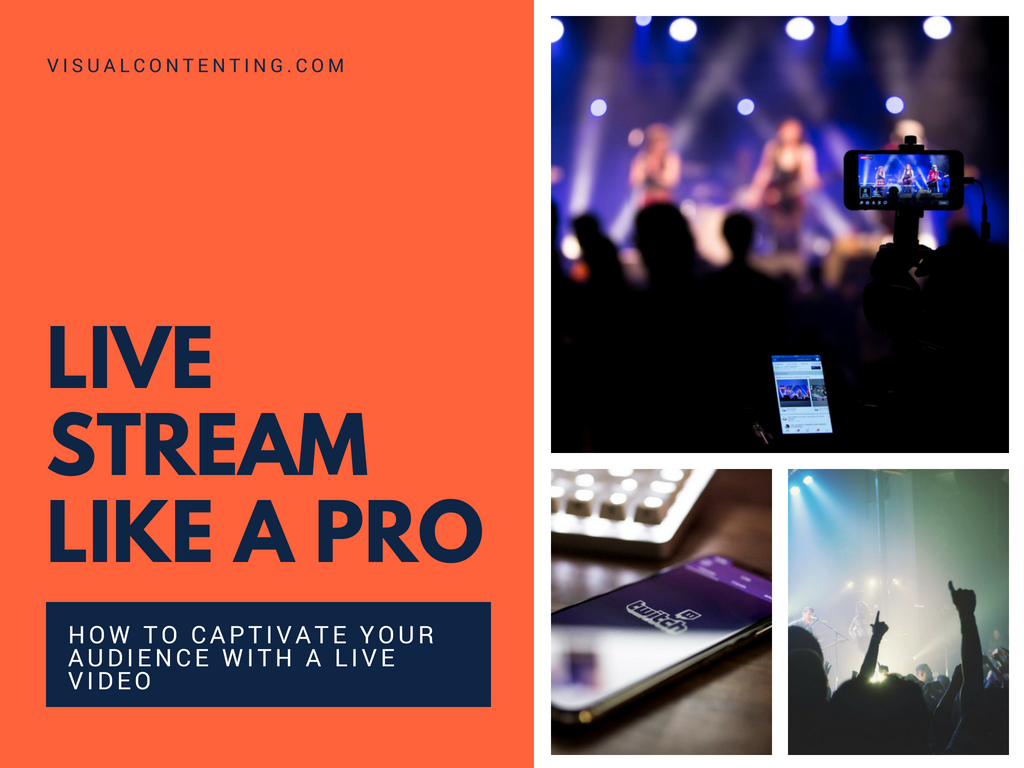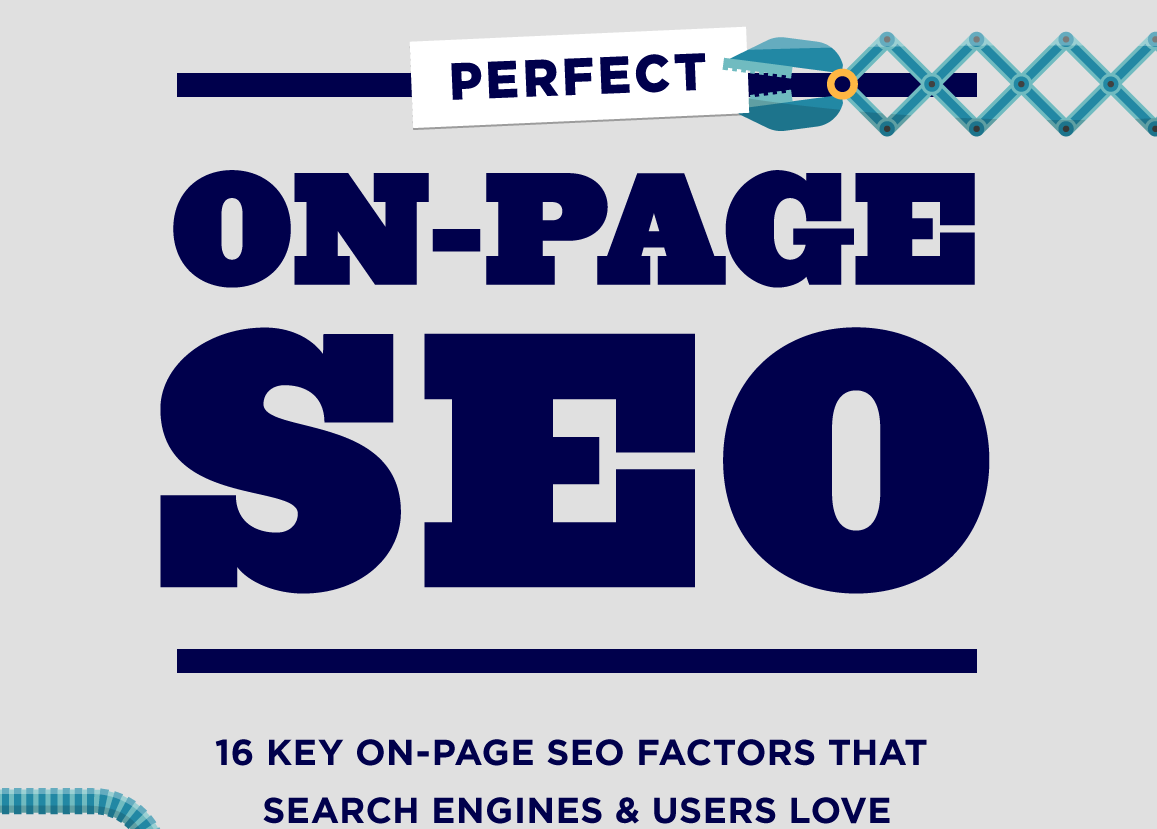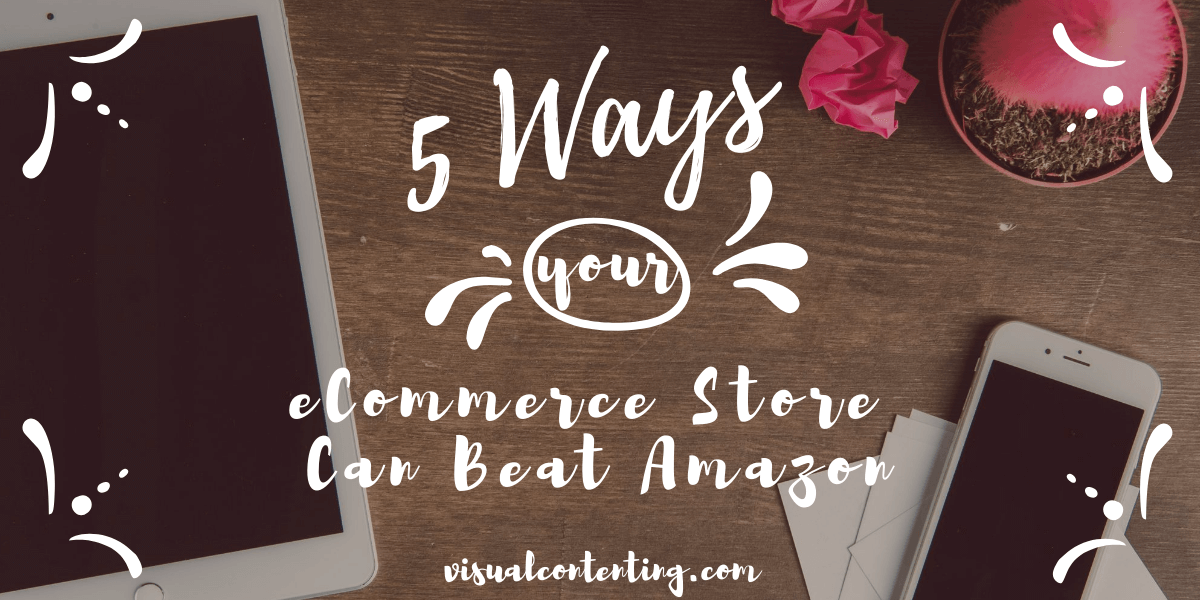Job hiring was once a tedious, traditional process, whereas it is now fast-paced. Employees mostly work from their computers and do extensive research into companies before submitting their applications. This, however, means that employers should not just post job descriptions, but also engage in various promotional activities related to their employer brand for potential candidates. This is where content marketing becomes the game changer in recruitment strategy. Building a powerful recruitment pipeline over time, attracting, engaging, and retaining high-grade candidates, is achieved by using compelling value and regularly updating content.
Content marketing has long been run on customer acquisition, but its use in recruitment has not been on the radar. Those organizations that get this right are the ones that build their name, maintain trust, and convert candidates into their talent funnel. Let's check how content marketing helps achieve recruitment objectives, impacts a good employer brand, and ultimately leads to hiring success.
Understanding Recruitment-Focused Content Marketing
Recruitment content marketing is the creation and dissemination of materials that explain your organization as a great place to work, not just as a business —employee testimonials, articles, videos, webinars, newsletters, and even social media campaigns. Fun factually states the company's culture, along with its values, career opportunities within the organization, and how industry insights would appeal to job seekers.
Recruitment content conveys a story unlike transactional job postings. It explains what makes the company different from others, what matters to employees currently working there, and how potential candidates can thrive within the organization. Content marketing has the power to champion applicants and transform passive seekers into active ones when done right.
Integrating SEO into Recruitment Content
Content can be visible on its own; that is, it is search engine optimized for online blogs, career pages, and testimonials, which job seekers use to research different companies or job specifications in a specific industry.
SEO tips for recruitment content:
- The keywords that candidates are most likely to use in the search (e.g., 'remote frontend developer jobs' or 'inclusive tech companies hiring').
- Optimize the title and heading layout according to the following elements: H1, H2, meta description, etc.
- Use alt-text with images and a video transcript.
- Building internal links related to suitable content, like job openings or blogs.
- Ensure that the web pages load fast and are optimized for mobile devices.
Integrating SEO also helps when embedding tools like a CV builder app on your career pages. It makes career pages or sections more attractive to applicants while also adding value to organic traffic growth.
Why Content Marketing is Vital for Recruitment Success
1. Promotes Employer Branding
Job seekers of today want to know about the companies to which they apply. They go through Glassdoor reviews, check LinkedIn pages, and search websites for employee experiences. Content marketing allows you to set the record straight. With consistent and genuine storytelling, your company can control how it is seen by talent.
Sharing success stories, leadership messages, diversity initiatives, and professional development opportunities lets candidates envision themselves as part of your ecosystem. The stronger the employer brand, the higher the likelihood that candidates will pursue a job even in highly competitive markets.
2. Attracts Passive Candidates
According to LinkedIn, more than 70% of the global workforce comprises passive candidates on the active job market who are open to the right opportunity. These professionals don’t do job board checks daily, but consume content. Engaging blog content, industry webinars, or instagram stories that reflect the culture can pique the interest of potential candidates and start nurturing a relationship long before a role becomes available.
This is the magic of content marketing: turning lookers into believers and eventually into applicants.
3. Boosting Candidate Engagement and Retention
Recruitment truly begins the moment someone applies for a position. An effective pipeline nurtures talent through every step- from awareness and consideration to application and onboarding. Content is one of the important angles that keep candidates engaged through job alerts, newsletters, career advice, and onboarding resources.
If you consistently send relevant content to qualified candidates, even if they are not looking to apply right now, you'll be top of mind for that hire. Eventually, this will foster loyalty and speed up the hiring process whenever a role becomes available.
Types of Content That Strengthen Your Recruitment Pipeline
Now, let us look at the high-impact content formats that serve well in Talent Acquisition:
1. Employee Stories and Testimonials
First-person employee experiences are some of the most authentic forms of content. Job seekers want to know what life is really like behind the scenes. Stories about growth journeys, work-life balance, or impactful projects help humanize your brand.
Video testimonials are particularly compelling because they instill credibility and forge an emotional connection. Candidates can see and hear from actual employees; this not only makes the employer brand relatable but also establishes its credibility.
2. Culture-Centric Blog Posts
Blogs are an excellent way to do SEO while telling stories. Publish content purely to highlight your mission, values, and daily culture. Throw in topics like:
- “How Our Team Celebrates Wins Together”
- “What Makes Our Remote Culture Thrive”
- “Why Continuous Learning Is a Core Value Here”
These insiders provide candidates with a taste of your workplace experience, which could be a deciding factor on whether they apply.
3. Behind-the-Scenes Videos and Office Tours
Very short-time videos, like 'A Day in the Life' or office walk-throughs, give insight into their work environment and video content because they're shareable and can increase visibility on LinkedIn, YouTube, and TikTok.
4. Careers-Focused Social Media Posts
Communicate team accomplishments, new hires, training initiatives, and company events. Encourage your employees to share and comment for maximum organic reach. Now, social media is used for product sales only; it has also become a recruitment tool.
5. Webinars and AMAs
Conduct a live session with the hiring manager or department heads, and gain a clear understanding of your common position. They can also address some questions that usually arise and share the team's purpose. This can also serve as strong thought leadership content that links a highly interesting person candidate directly.
The Impact of Recruitment Content Measurement
To understand how content is driving recruitment success, track these key metrics:
- Career page traffic: Is your content bringing visitors to the site?
- Time spent on the page: Are users engaging with your stories, or are they bouncing?
- Conversion rates: What is the number of readers who apply after consuming content?
- Social media shares: What content resonates most with your audience?
- Source of hire: Are candidates citing your blog or LinkedIn content in their interviews?
Using analytics tools, applicant tracking systems, and UTM parameters helps to link content performance to hiring results, allowing for continuous improvement.
Creating a Content Calendar for Talent Marketing
A strong content strategy would have consistency as its pillar. The calendar should now be mapped to the company's hiring needs, specific events, and industry trends.
- Monthly blog post.
- Weekly social media updates.
- Quarterly employee spotlight videos.
- Timely recruitment campaigns, for example, intern drive recruitment.
Cross-functional collaboration between HR, marketing, and department leads ensures that the content is relevant and diverse, reflecting the customer culture.
Conclusion: A Smarter Approach to Recruiting
In the digital-first age of job searches, content marketing is favorable to inclusive employers. It allows employers to create meaningful connections, where lasting impressions can be made, and provides an opportunity to nurture talent over time. A start-up or even a large enterprise scaling globally can bring such a content-driven recruitment pipeline, as the difference between reactive hiring and proactive talent acquisition.
In the end, successful recruitment is indeed a tale of filling roles and telling your story, which only resonates with those who believe in it.







